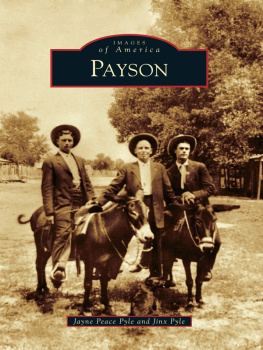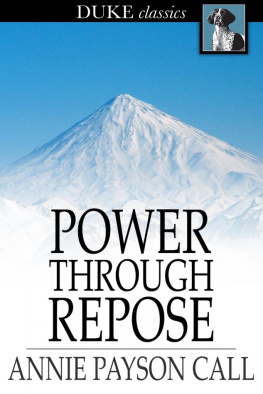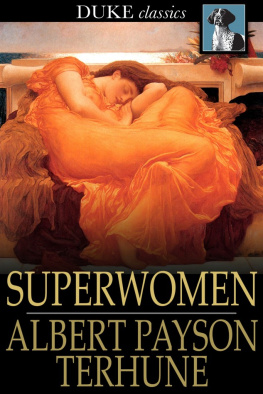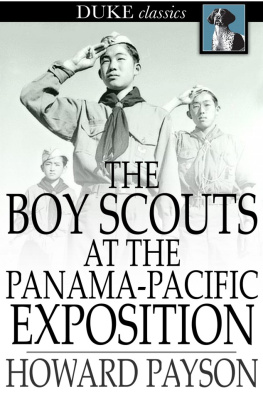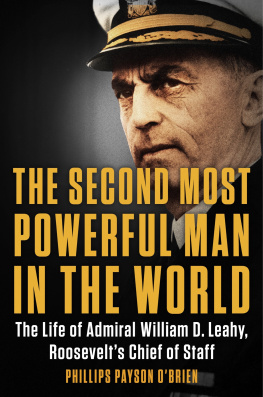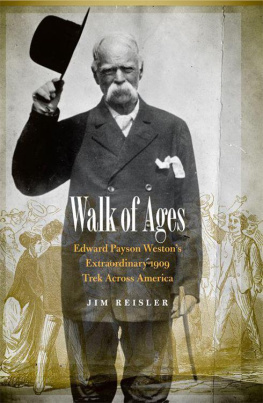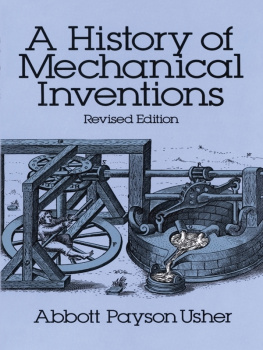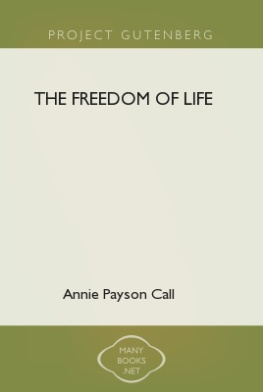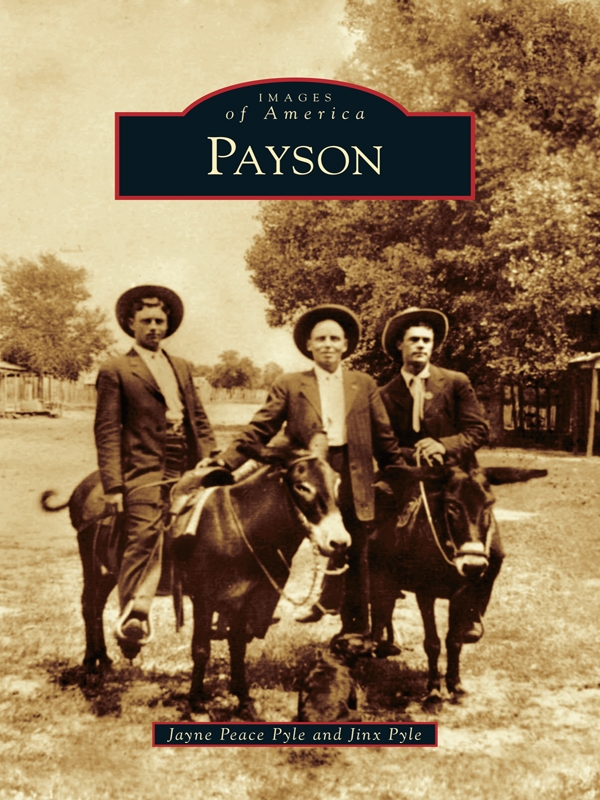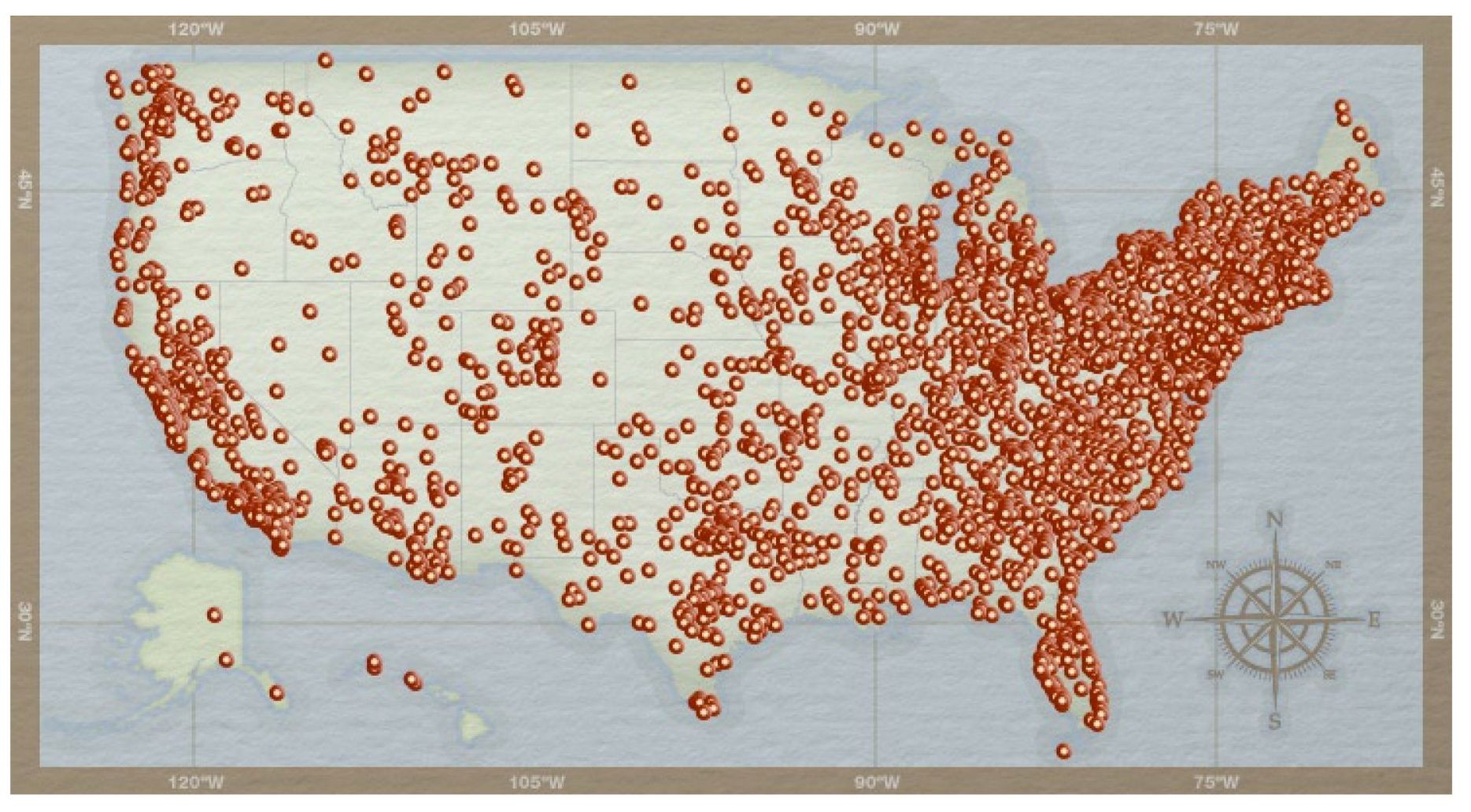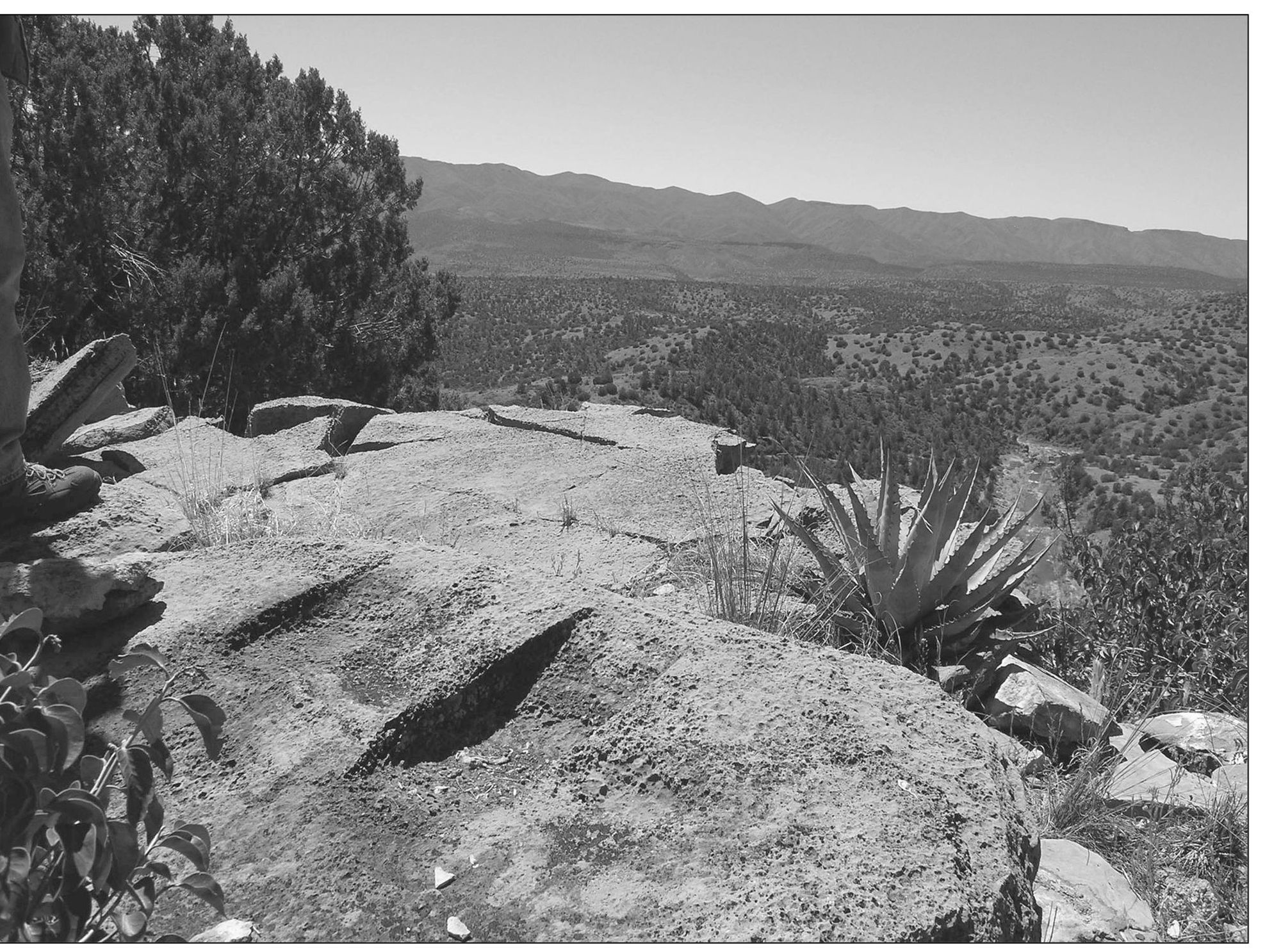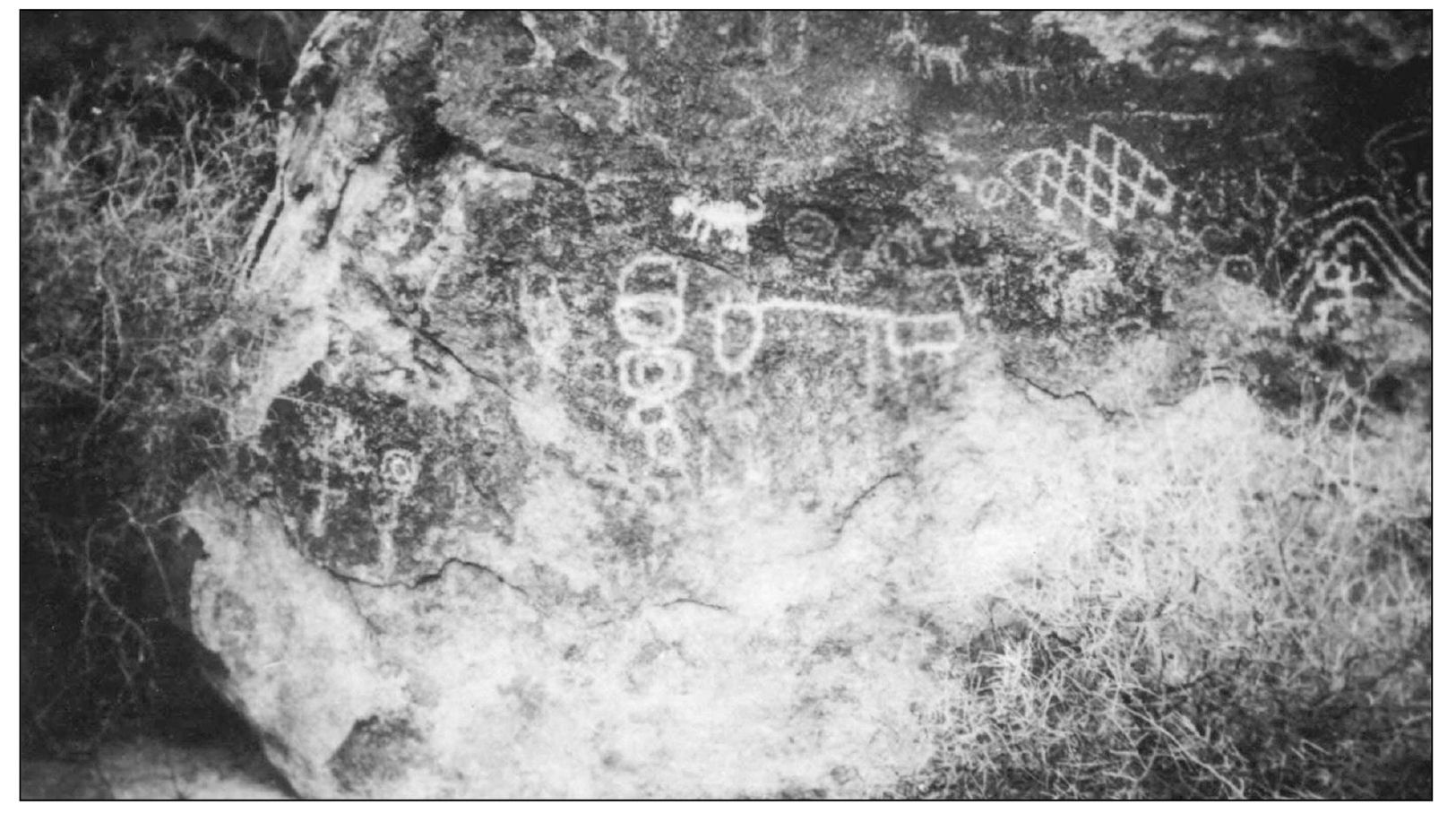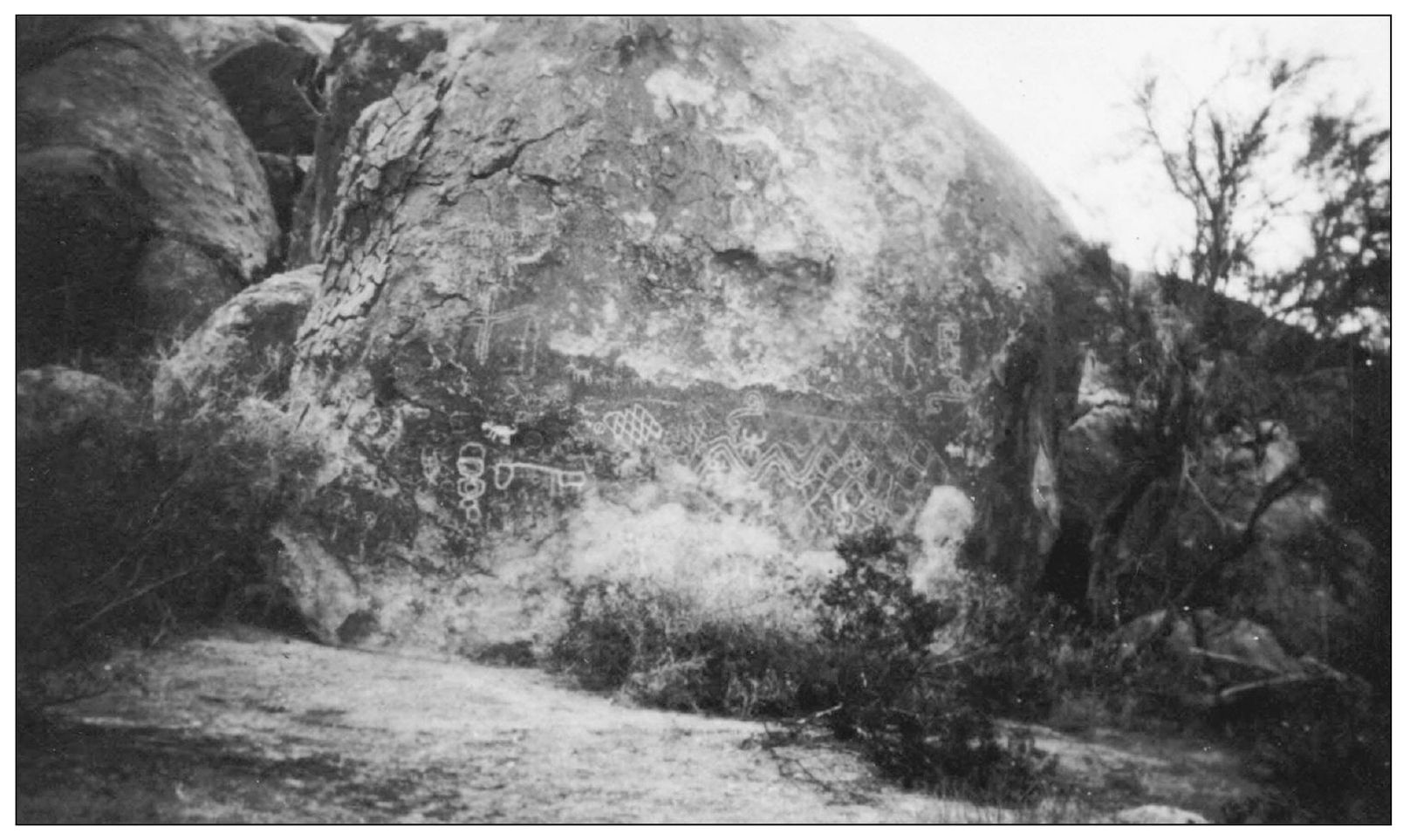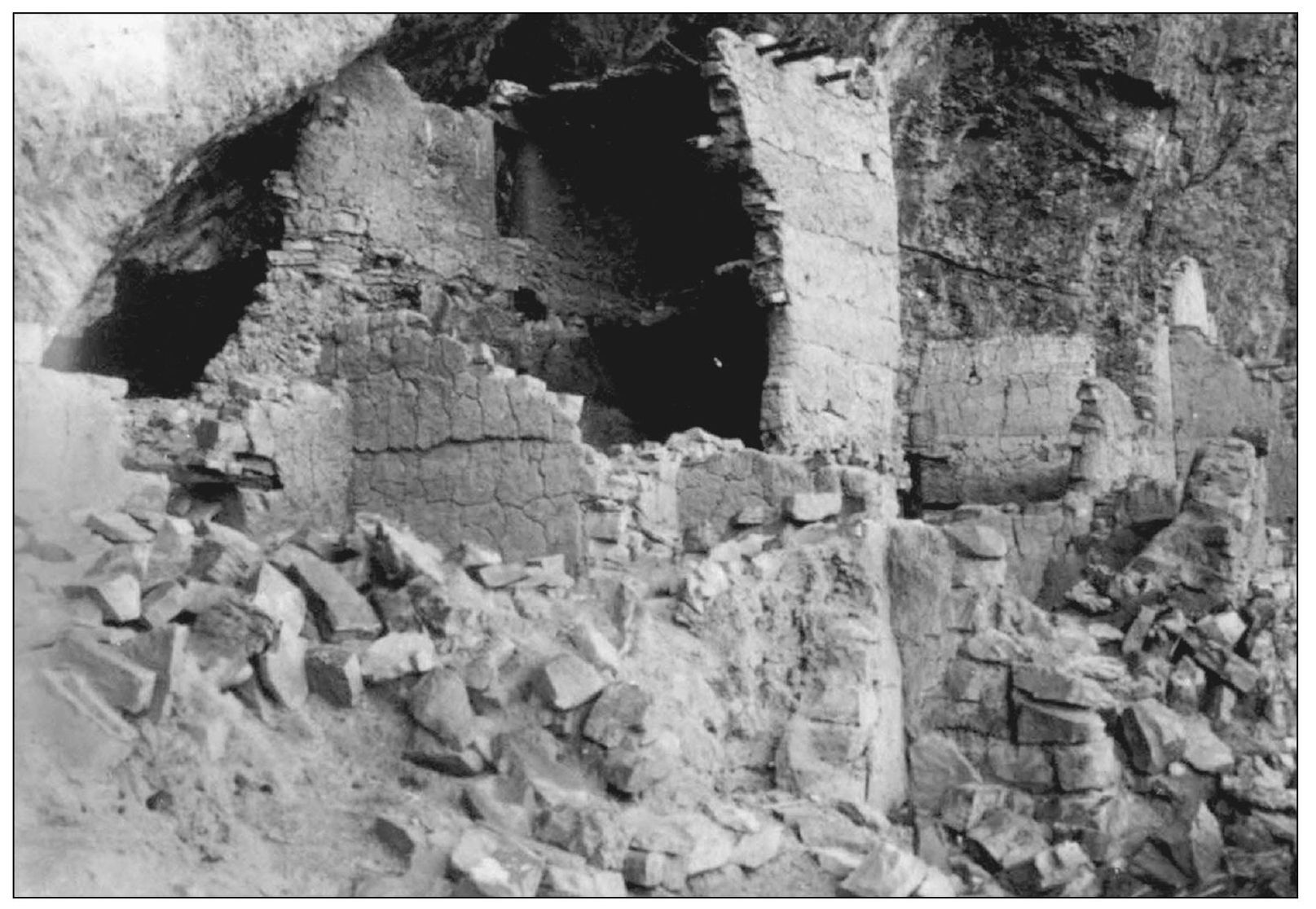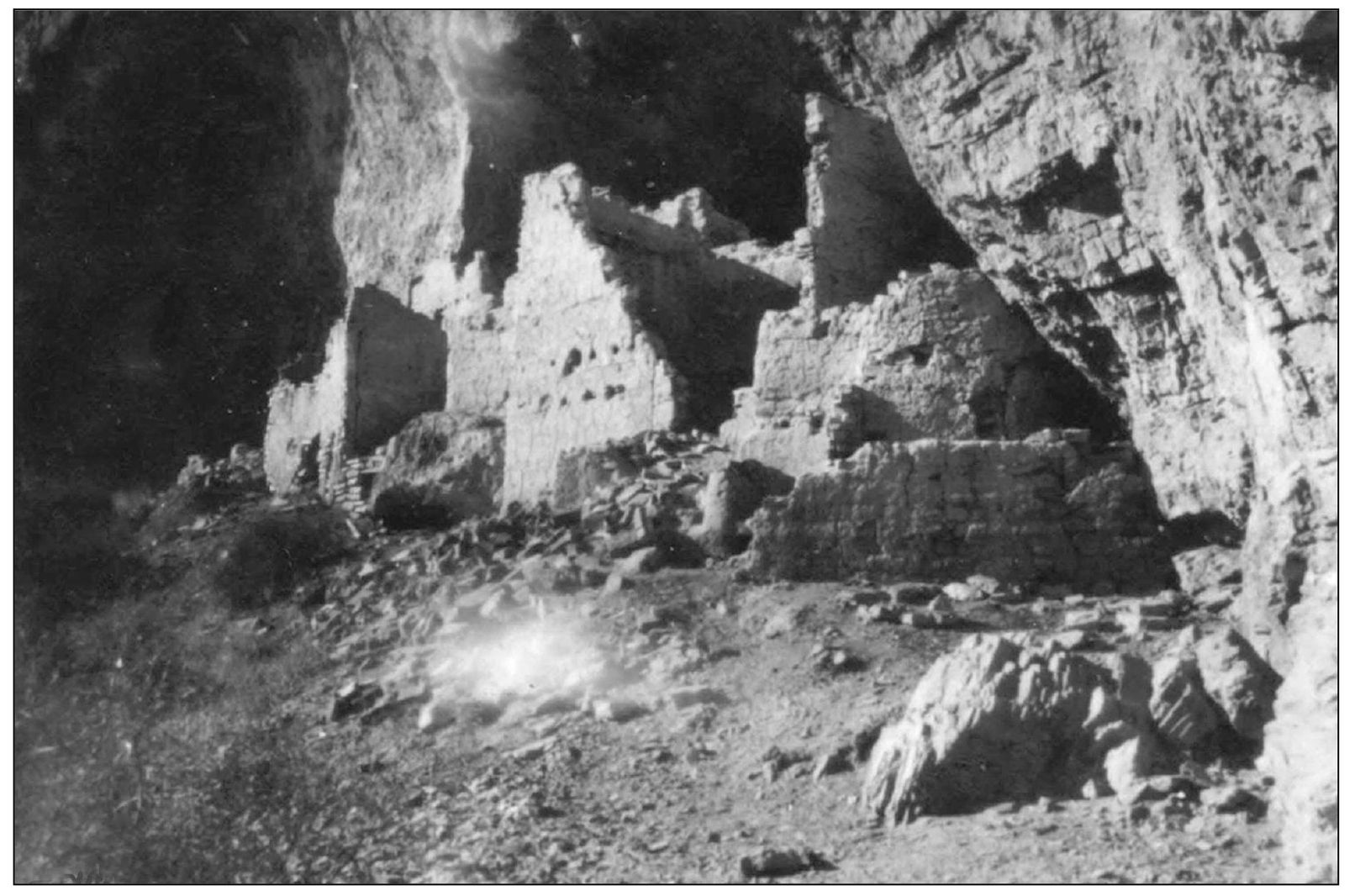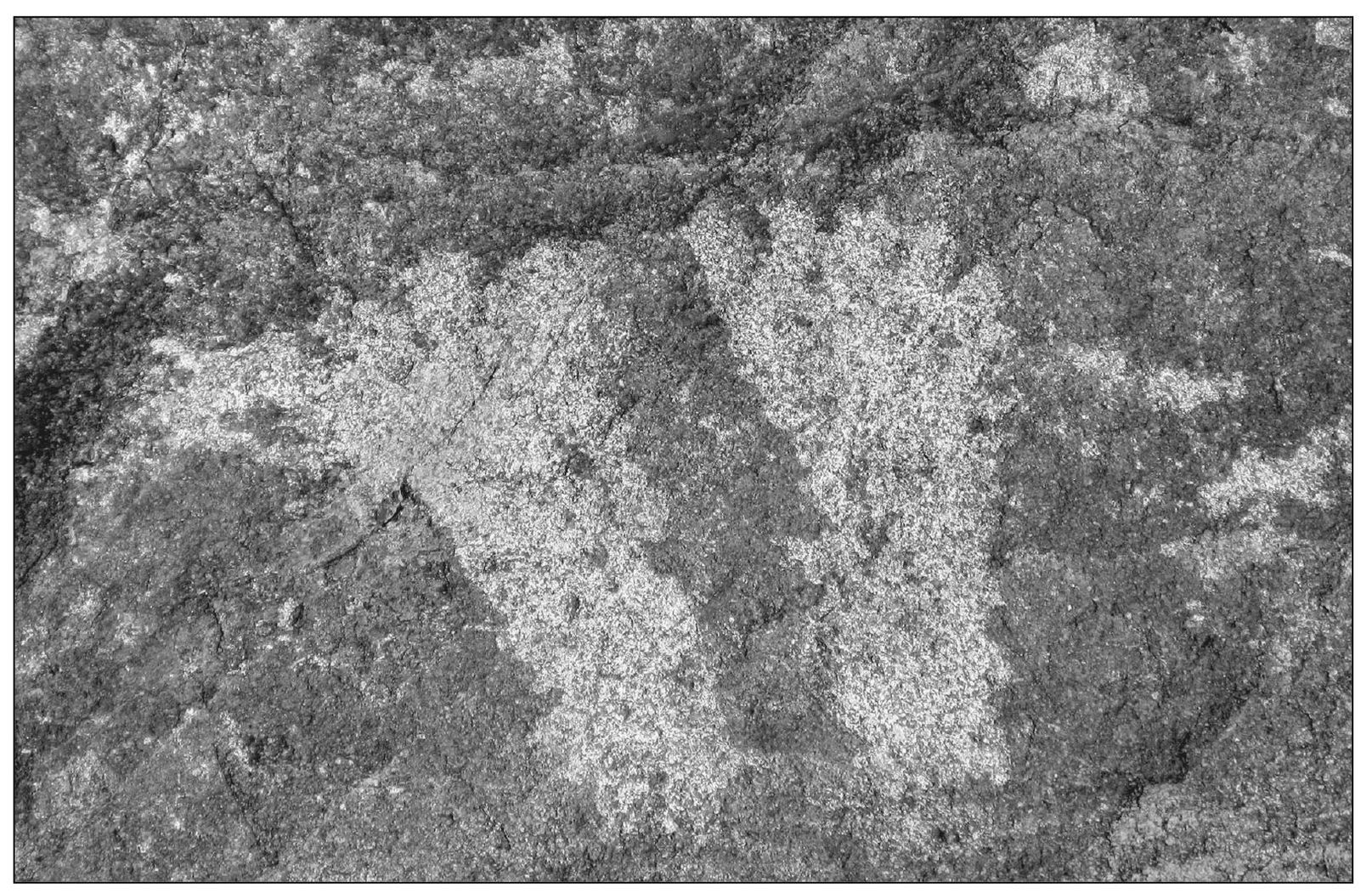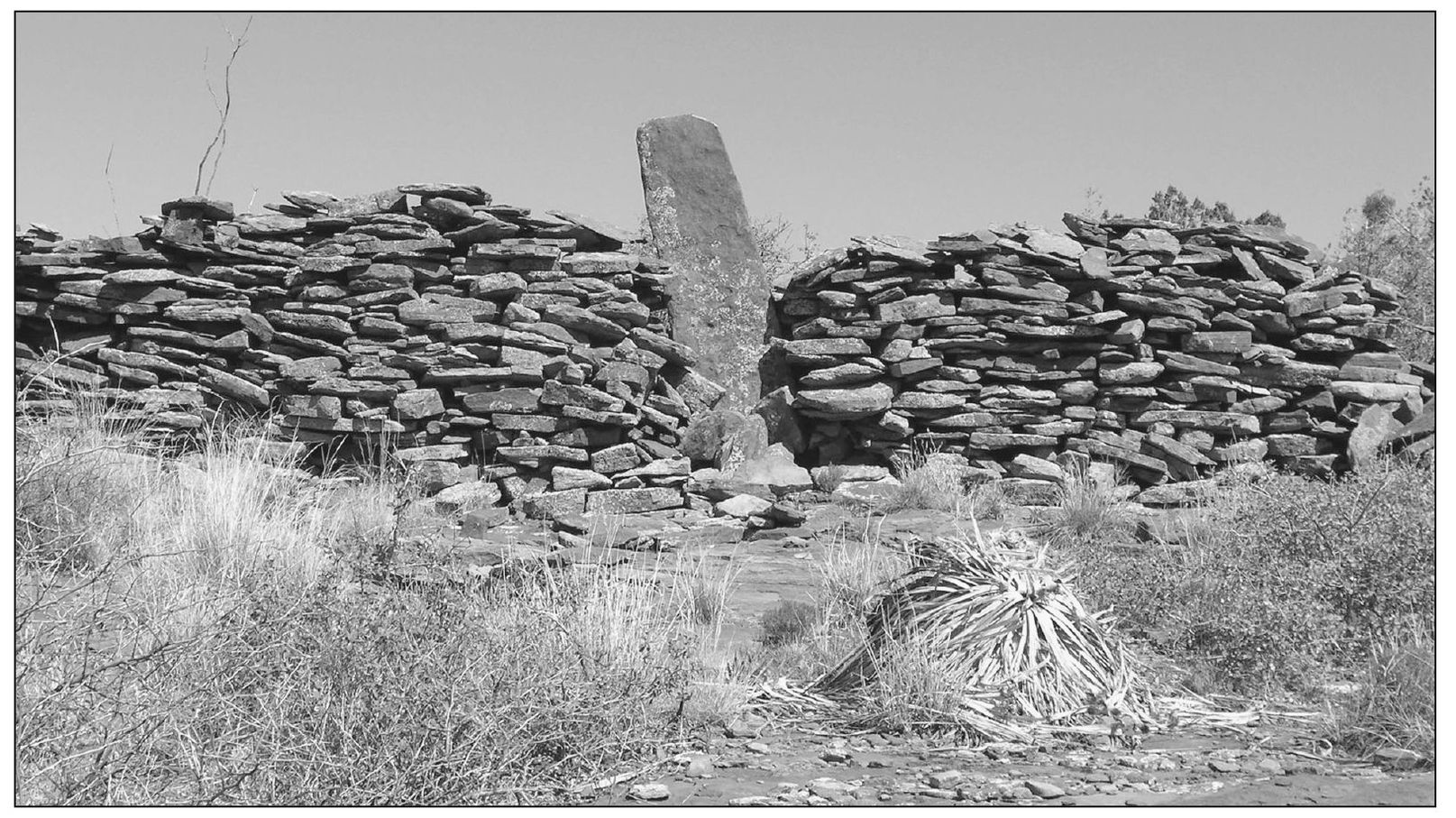One
THE ANCIENTS AND THE APACHES
The prehistoric culture known as the Mogollon lived in the southwest from approximately 150 AD until about 1450 AD. The name archaeologists have given this culture is derived from the Mogollon
Mountains, which were named after Don Juan Ignacio Flores Mogolln, the Spanish governor of New Mexico in the early 1700s.
The Mogollon people were mostly agriculturalists, but some depended on hunting and gathering for survival. They built small pit homes near their fields. As their culture advanced and the need for defense increased, they began to build larger multistoried buildings.
It is believed that sometime between 900 and 1100 AD, the Anasazi culture absorbed much of the Mogollon culture, merging traits. It is also believed that this merged culture contributed to the cultural background of the Hopi, Zuni, and Acoma.
By 1500, a large number of people called Apache had pushed into the Tonto Basin. They were not farmers but savage warriors and hunters. Their warlike tactics stemmed from the necessity of survival. They had once roamed the plains, but as European Americans pushed west, French and British traders supplied guns and ammunition to tribes who were enemies of the Apaches. The Apaches suffered great defeats and fled to the southwest to survive.
The northward advance of the Spaniards ran head on into Apache country. Spanish expeditions invaded Apache territory as early as 1540, when Coronado searched for the Seven Cities of Gold. For years the Apaches struggled to survive between the Spaniards and other American Indian tribes, both of who were armed and mounted.
Slowly the Apaches acquired firearms from the Spanish along with ammunition, clothing, hats, and metal tools. They took what they needed during raids, including livestock.
At the beginning of the Apache Wars most of the Arizona-New Mexico Territory was called Apacheria, meaning Apache Land. As the U.S. Army overpowered the various Apache bands and placed them on reservations, Gila County was called Apacheria. Finally, only the Tonto Basin, bordered on the north by the Mogollon Rim, on the west by the Mazatzals, on the south by Salt River Canyon, and on the east by the Sierra Anchas, was referred to as Apacheriathe final Apache stronghold in the United States.
Metates on the rim of Conley Point overlooking the East Verde River were used first by the Mogollon Culture, then later by the Apaches. Often used to grind corn into meal, they were also used by the Apaches to grind the roasted acorns of the blackjack oak, white oak, and bush acorns into a flour from which thick, nutritious soup could be made. The root of the needle-pointed Mescal (shown above) was a major source of food for the Mogollon Culture and the Apaches. The roots, available year-round, were dug and then roasted in Mescal pits covered with hot rocks. (Photograph by Sandy Carson, courtesy NGCHS.)
The Mogollon Culture was well established in what is now Arizona thousands of years before Europeans arrived in the region. Here we find more evidence of their early life depicting both men and animals. These petroglyphs are typical of those found in the Mogollon Rim Country. (Both courtesy NGCHS.)
Establishing sedentary societies in Arizona in the first century AD, the Anasazi and Mogollon cultures were ancestors of the Pueblo Indians. They grew beans, corn, and squash. About 400 AD, these cultures began making pottery for cooking and storing water, and they planted yucca and cotton that was woven into clothing. Shown here are the Tonto Cliff Dwellings from different angles as they were photographed in 1920.
These petroglyphs, resembling human feet, can be found a few miles south of Payson. Ox Bow Hill, between Payson and Rye Creek, is rich in artifacts of the Mogollon culture. The early white settlers found stone ax heads and arrowheads, and many collected the metates and manos of those who came before. (NGCHS.)
History tells us that Fr. Eusebio Kino, a Jesuit priest, came to Arizona in 1692. The first Spanish settlement was constructed in Arizona at Tubac in 1752, and the first Spanish fort was built at Tucson in 1776. The Spanish explorers were ever in pursuit of gold, and the ancient fort above is evidence of their exploration of central Arizona. The fort is typical of several in the Mazatzal Mountain Range, which runs from North Peak, near Payson, to Four Peaks, a towering monument over the Valley of the Sun. (Photograph by Sandy Carson, courtesy NGCHS.)

